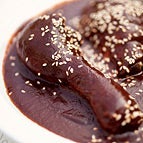Let’s Go Out for…Mexican: What to Eat
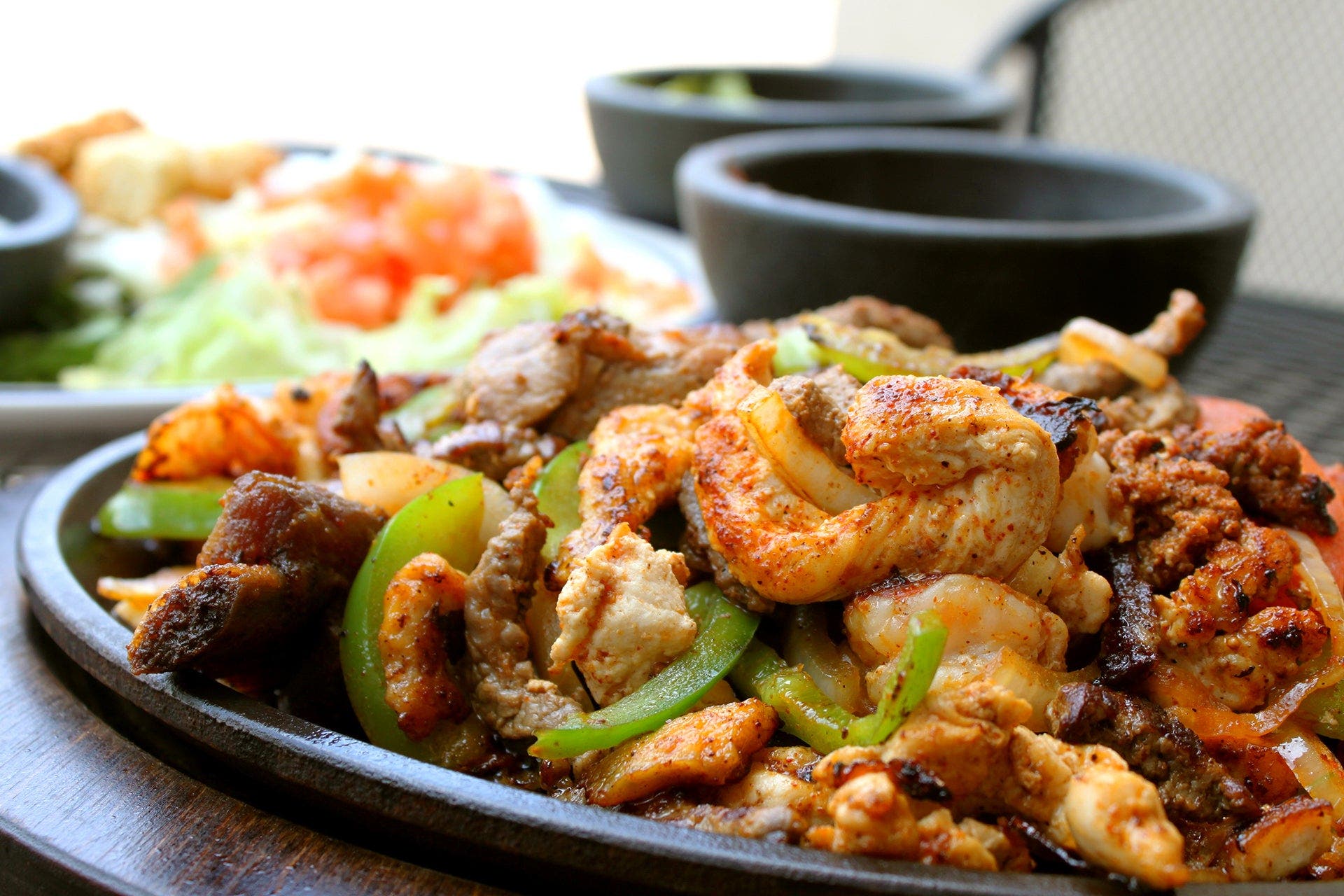

See Previous: What to know about eating at a Mexican restaurant
Mexican food is, in most cases, healthier than common chain-restaurant offerings. “Traditionally speaking, Mexican food has bright, bold flavors of citrus and chilies and herbs. It's not just heavy food,” says Diane Henderiks, RD, culinary nutritionist at DishWithDiane.com.
Let’s walk through some of the typical dishes you’ll find in many authentic Mexican restaurants. Some may seem unfamiliar, but that’s likely because you’re better acquainted with the Tex-Mex version than the real dish that inspired it.
Food Recommendations
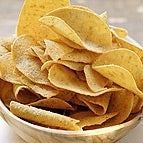
|
Nachos These towers of chips and cheese aren’t exactly authentic, but they’re hard to escape on most menus. One 6 1/2-ounce serving of cheese-and-bean nachos has SmartPoints® value of 14. Save those SmartPoints for something you can’t make at home. |
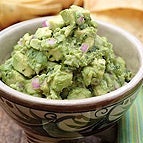
|
Guacamole The fresher the better for this mix of onion, tomato, salt and avocado. The avocado, however, is a nutritional conundrum: High in fiber and vitamins, with more potassium than a banana, it contains mostly healthful monounsaturated fats. But no matter how you mash it, it’s still fat (read: calorie-intense). A 1/2 cup of guacamole has a SmartPoints value of 6. |

|
Nopalitos The pads of a prickly cactus may seem like the last things you’d want to eat, but this authentic appetizer can be one of the most healthful dishes in Mexican cuisine. The leaves are often cut into strips or small squares, and then blanched or fried. They’re high in fiber, calcium, potassium and vitamin A and are a relatively good source of protein. One cup has a SmartPoints value of about 1. |
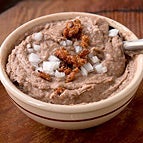
|
Refried beans When these healthy beans are all mushed up, you can’t be sure what’s in there. Here’s our guess: plenty of oil, and possibly lard, to make them creamy. On the plus side, 1/2 cup has nearly 8 grams of fiber to accompany the rather hefty SmartPoints value of 6. |
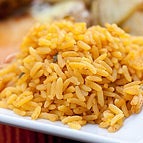
|
Mexican rice With its healthy yellow glow (thanks to achiote or cumin), Mexican-style rice can look tempting. But that beauty is skin-deep. Don’t be fooled by token vegetables or the color; you're eating white rice. Have just 1/2 cup, which has a SmartPoints value of 4. |
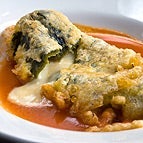
|
Chile relleno This entrée gave birth to the jalapeño popper. A large, grilled poblano pepper is filled with cheese, then battered and lightly fried. Stuffed with 2 ounces of asadero cheese, a typical restaurant portion has a SmartPoints value of about 15 . Lighten it up: Share this as an appetizer to keep the portion in check. Also, request chicken or whole beans instead of cheese. That can trim 3 SmartPoints value. |
|
|
Chicken mole There are many different moles, but the most popular is a silky reddish-brown sauce made with chilies and dark chocolate. It also includes oil (or lard), packing about 4 SmartPoints values in ¼ cup. Typically, you'll get a leg and thigh with a generous saucing for about 9 SmartPoints values. Lighten it up: Choose chicken breast and order 1/4 cup of sauce on the side; this can give you a very tasty dish for 7 SmartPoints value. |
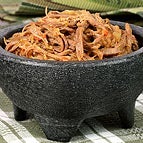
|
Cochinita pibil This is Mexican pulled pork, marinated in vinegar and citrus, then rubbed with achiote paste and steamed in banana leaves. It's a pretty healthy protein, with a SmartPoints value of about 3 for a lean 3.5-ounce portion, but often served with tortillas, which have a SmartPoints value of at least 2 each. Lighten it up: Skip the tortillas and sides and order it over rice. |
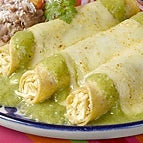
|
Enchiladas verdes Enchiladas make a heavy dish. Though the verde sauce is made with tomatillos, onion, chilies and other peppers, the tortillas are flash-fried and stuffed with cheese, chicken or meat, then topped with sour cream and more cheese. Lighten it up: The best filling choices are chicken or steak. Figure on 16 SmartPoints value for beef and 12 for chicken. Also, ask for the tortillas to be cooked in the pan, not the fryer. This can shave 2 SmartPoints values off three tortillas. |
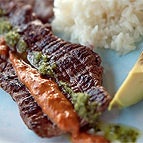
|
Carne Tampiqueña The steak is grilled and cut thin, so a 4-ounce portion of tenderloin only has a SmartPoints value of about 4. But with standard sides of refried beans and rice (a SmartPoints value of 6 and 4, respectively) and a small cheese enchilada (a SmartPoints value of about 8), this meal clocks in at about 22. Lighten it up: Consider a regular steak and skip the enchilada. Also, ask for black beans or whole pinto beans instead of refried beans. It’ll save you 1 SmartPoints value per 1/2 cup. |
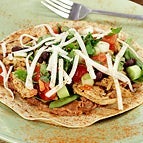
|
Tostadas de pollo Consisting of lettuce, pico de gallo, sour cream, cotija cheese and shredded chicken breast on a fried tortilla, this traditional dish was once a light choice, but the fried tortilla kept getting bigger. Today's restaurant version can pack a SmartPoints value of 30 or more. Lighten it up: Try a chicken fajita instead. The ingredients and toppings are similar, but you can have one on a corn tortilla and enjoy all the veggies on the platter. |
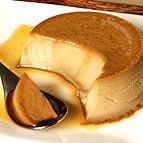
|
Flan de Caramel Count on this dessert to be loaded with fat and sugar, using heavy cream and condensed milk, with a caramelized sugar topping. Even a typical 4-ounce portion can have a SmartPoints value of 7 . Lighten it up: If you want to enjoy flan, plan for it. Or for a lighter dessert, order strawberries with a few dollops of crema, a sort of Mexican crème fraîche, for a SmartPoints value of just 3. |
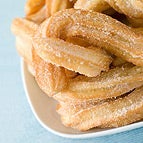
|
Churros y chocolate Two 6-inch Churros have a SmartPoints value of about 11, but they’re typically served with a cup of Mexican hot chocolate that can add an extra 9 SmartPoints values. Lighten it up: Skip the hot chocolate and try black coffee. (Avoid the Mexican coffee, unless you really want that shot of Kahlúa (a SmartPoints value of 7) and fresh whipped cream (a SmartPoints value of 5). *Given that ingredients, cooking methods and portion sizes can vary greatly among restaurants, all SmartPoints values for restaurant dishes are estimates. |
Menu Decoder
Ancho Pepper: A dried Poblano chile, ancho has a mild, sweet flavor rather than actual heat.
Carnitas: Literally “little meats,” carnitas refers to pulled pork, often used in traditional tacos as filling.
Chayote: This versatile, green Mexican fruit (similar to squash) can be cooked as a side, or found diced on salads or even as dessert.
Chipotle pepper: A dried, smoked jalapeño chili, this distinctive smoky pepper retains some of the jalapeño’s infamous heat.
Cotija: A hard cow’s-milk cheese, this hard, flavorful and salty cheese draws frequent comparisons to Parmesan.
Horchata: In the U.S., horcahata is usually a chilled drink made with rice and spice. It has a slight grainy texture, slight sweetness and a flavor reminiscent of rice pudding.
Huitlacoche: Sometimes referred to as the “Mexican truffle” (as in the mushroom) this fungus grows on corn plants and has an earthy, savory flavor that makes it a delicacy.
Jicama: This crunchy, refreshing root vegetable is often sliced and enjoyed raw. It adds crunch and flavor to salads, salsas and other dishes.
Mole: While it’s used synonymously with mole poblano, the red-brown sauce of chili peppers and chocolate, Mexican mole actually includes a family of sauces in colors of black, red and green.
Nopales: The flat leaves of the prickly pear cactus, these are prepared as nopalitos.
Pepitas: These roasted pumpkin seeds often appear as a flavor-and-texture enhancer on salads and other dishes.
Queso fresco: Literally “fresh cheese,” this delicate white cheese is a great choice, with only 3 SmartPoints values per ounce, compared to 4 for common north-of-the-border substitutions like Monterey Jack or cheddar.
Tamales: A popular staple, tamales are made from a mix of ground corn and shortening, and then cooked to a firm, doughy consistency in a corn husk. They are often filled with small bits of chicken or pork, and sauce.
Tomatillo: This tart, acidic fruit looks like a small tomato in a paper husk and forms the foundation for Mexican verdes, or green sauces.

